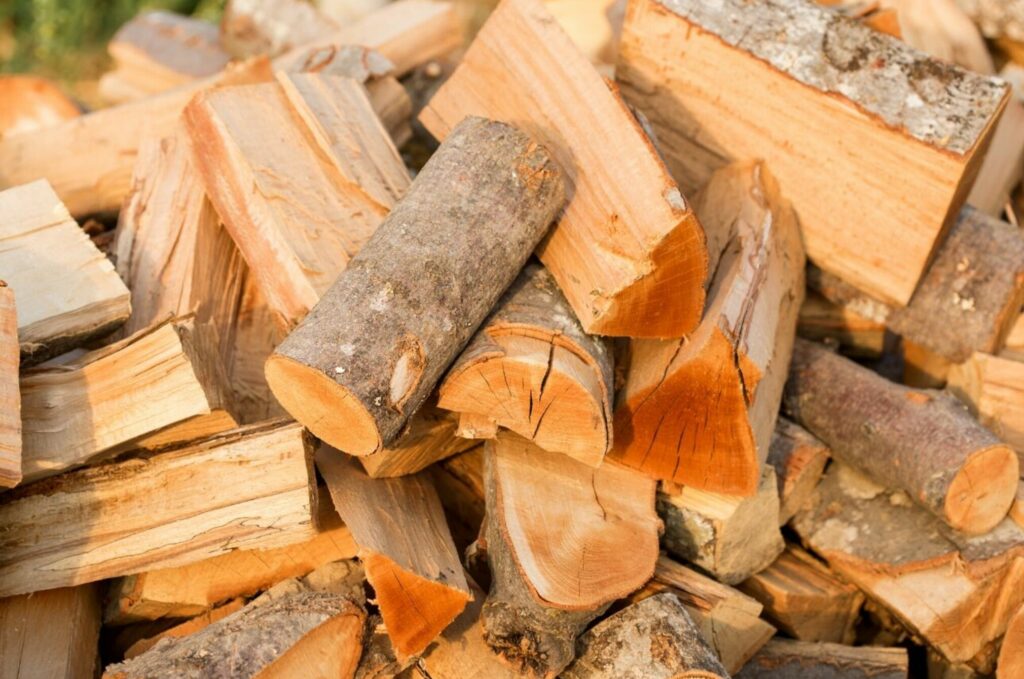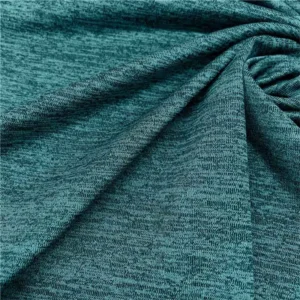Understanding the Best Firewood: A Comparison of Hardwoods and Softwoods

When it comes to choosing the best firewood for your home, not all wood is created equal. Firewood can be broadly categorized into two types: hardwoods and softwoods. Each has its unique properties, advantages, and ideal uses, which makes understanding the difference essential for efficient burning, cost-effectiveness, and safety. Whether you are using a fireplace, wood stove, or outdoor firepit, selecting the best firewood can make a significant difference in heat output, burning time, and overall experience.
What Makes Firewood “Best”?
Before diving into hardwoods versus softwoods, it’s important to understand what characteristics make one type of firewood better than another. The best firewood is dry (seasoned), dense, burns cleanly, and produces long-lasting heat. Moisture content is one of the most crucial aspects. Wood should be seasoned for at least six months to a year to reduce its moisture content below 20%. Wet or green wood creates excessive smoke, creosote buildup, and less heat.
In addition, the density of wood affects how long it burns. Denser woods provide a longer and hotter burn, making them more efficient for heating purposes. Fragrance, ease of splitting, and the amount of ash produced also play roles in determining the best firewood.
Introduction to Hardwoods
Hardwoods come from deciduous trees like oak, maple, hickory, ash, and cherry. These trees grow more slowly than softwoods, which results in denser and heavier wood. This density allows hardwoods to burn longer and hotter, which is especially beneficial in colder climates or for overnight fires.
Oak is widely considered one of the best firewood choices due to its high heat output and long burning time. It requires a long seasoning period but rewards the user with consistent performance. Hickory is another top contender, known for producing intense heat and a pleasant aroma. Maple and ash also burn well, producing steady heat with less smoke and minimal sparks.
Hardwoods are ideal for home heating, as they provide consistent warmth over an extended period. They are also preferable for cooking, especially in wood-fired ovens or smokers, due to their rich aroma and flavor profile.
Introduction to Softwoods
Softwoods come from coniferous trees like pine, fir, spruce, cedar, and cypress. These trees grow faster and are generally less dense than hardwoods. As a result, softwoods tend to ignite quickly and produce a bright, lively flame. However, they burn faster and provide less heat per volume compared to hardwoods.
Pine, for example, is easy to split and lights up quickly, making it a good choice for kindling or quick fires. However, it contains a lot of sap and resin, which can create creosote deposits in chimneys if not properly seasoned. Fir and spruce are commonly available and burn cleanly when dry, but they still don’t match the heat output of hardwoods.
Softwoods are generally more affordable and easier to process. They’re best suited for milder climates, outdoor fires, or for mixing with hardwoods to make lighting easier. Despite their lower heat value, some softwoods like cedar have unique aromatic properties, making them a pleasant choice for ambiance.
Heat Output Comparison
One of the most practical ways to compare firewood is by looking at heat output, usually measured in British Thermal Units (BTUs) per cord of seasoned wood. The best firewood will have a high BTU rating.
Hardwoods like oak and hickory deliver between 24-28 million BTUs per cord. Maple and ash fall slightly lower but still offer strong performance. In contrast, softwoods like pine and fir typically range from 15-20 million BTUs per cord.
This means that to achieve the same level of heat from softwoods, you would need to burn significantly more wood. For homeowners who rely on wood as their primary heat source, hardwoods are clearly the best firewood for maximizing energy efficiency.
Smoke, Sparks, and Residue
Another important consideration when choosing the best firewood is how cleanly it burns. Hardwoods, especially when well-seasoned, produce less smoke, fewer sparks, and minimal creosote. This makes them safer for indoor fireplaces and wood stoves, reducing the risk of chimney fires and respiratory issues.
Softwoods tend to produce more sparks due to their higher resin content. This can be a fire hazard if used in open fireplaces without proper protection. They also contribute to faster creosote buildup, which means more frequent chimney cleaning is necessary.
In terms of ash, hardwoods generally produce less ash than softwoods. Less ash means easier cleanup and better airflow within your stove or fireplace, maintaining efficiency.
Cost and Availability
Cost can be a determining factor when selecting the best firewood. Softwoods are usually more affordable and readily available, especially in areas with large coniferous forests. Their lower density means you’ll go through more of it, but the upfront cost may appeal to budget-conscious buyers.
Hardwoods are more expensive but offer better value over time due to their longer burn duration and higher heat output. They may be harder to split and heavier to transport, but their efficiency often justifies the higher price.
A practical approach for many homeowners is to use a mix of both. Use softwood for kindling and to get the fire started, then switch to hardwood for sustained heating.
Sustainability and Environmental Impact
Using firewood as a heat source can be environmentally friendly if done sustainably. The best firewood from a sustainability standpoint comes from responsibly managed forests and is locally sourced to reduce the carbon footprint.
Hardwoods take longer to grow, so overharvesting can have a greater environmental impact. However, many hardwood suppliers follow forestry guidelines that ensure long-term sustainability. Softwoods regenerate faster and can be a more renewable option, especially when harvested from plantation forests.
No matter the type, never burn painted, treated, or chemically processed wood. These can release harmful toxins into the air. Always choose natural, seasoned firewood for the safest and most eco-friendly option.
Conclusion: Choosing the Best Firewood for Your Needs
The best firewood depends largely on your specific needs. If you prioritize heat efficiency and long-lasting warmth, hardwoods like oak, hickory, or ash are your best bet. They burn longer, hotter, and cleaner, making them ideal for indoor heating and cooking.
On the other hand, if you’re looking for affordable, easily accessible firewood that’s great for kindling or short fires, softwoods like pine or fir can be a useful addition. They light quickly and are perfect for milder weather or outdoor use.






